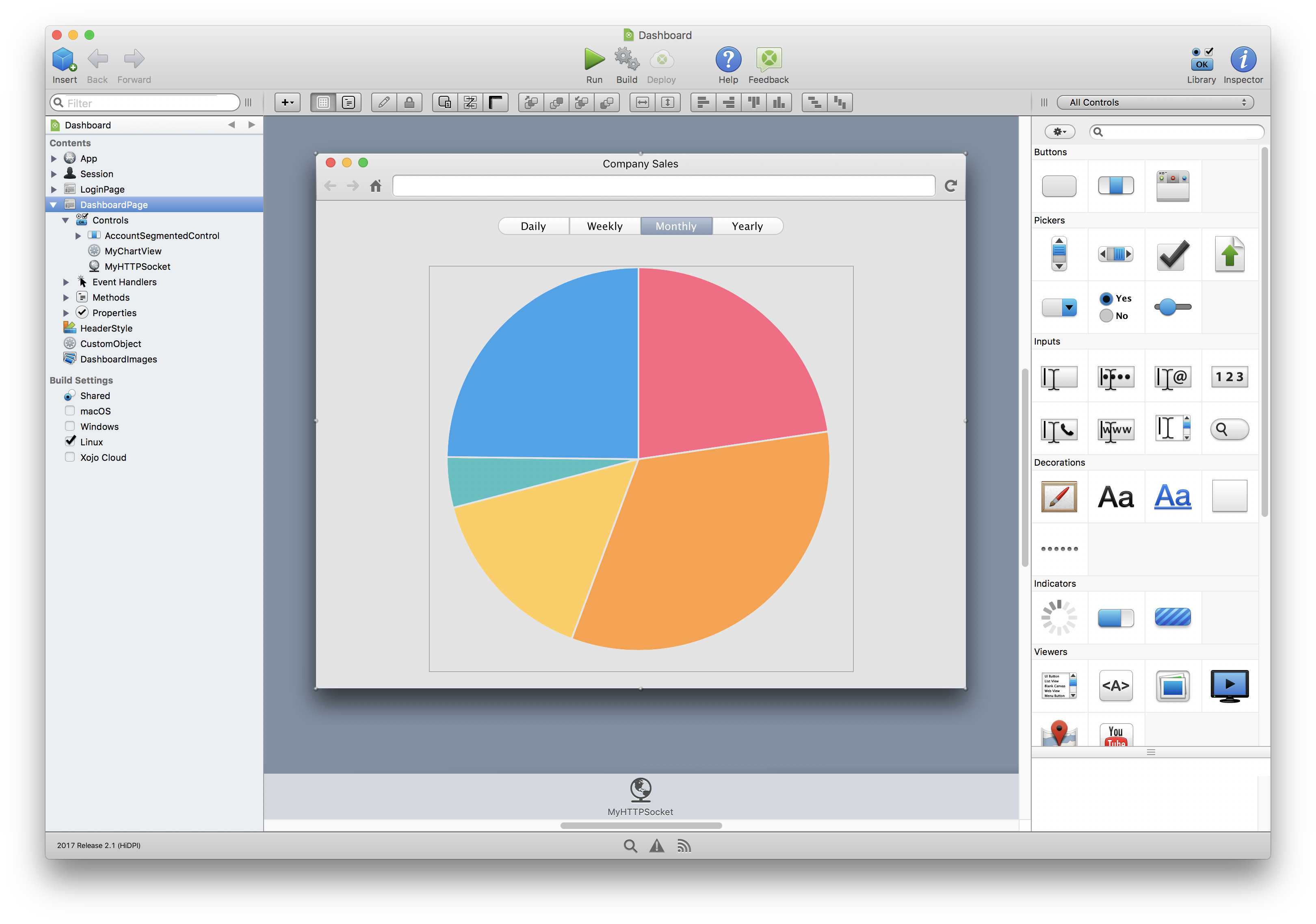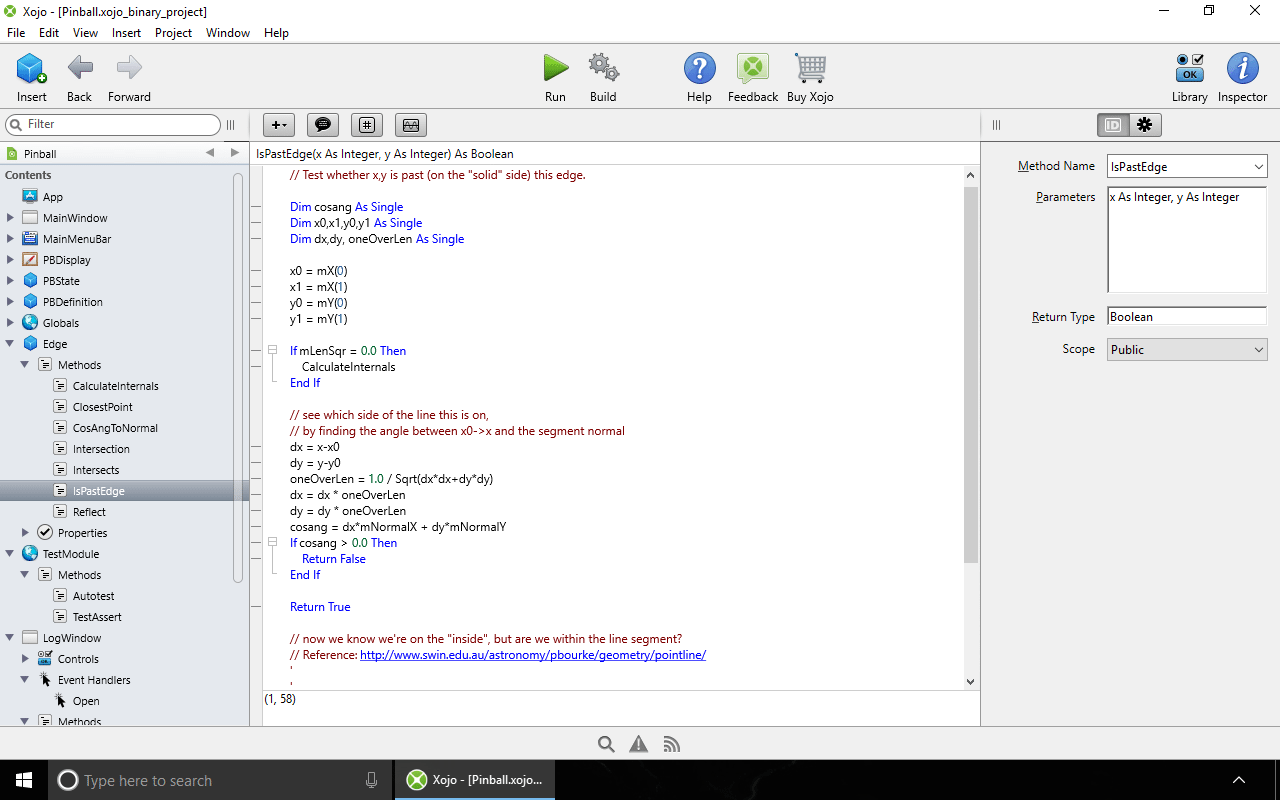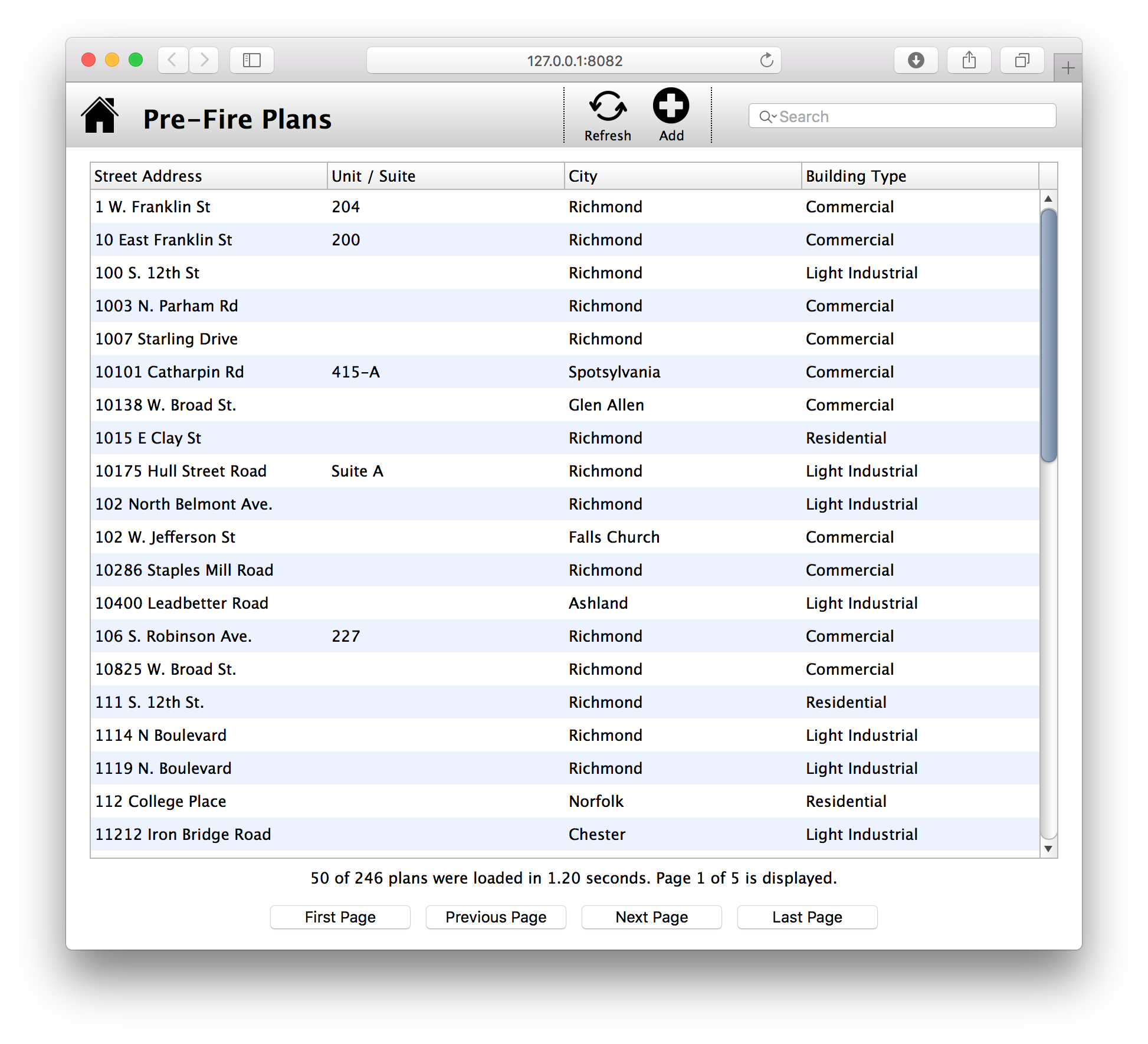

The wifi application is based on a Xojo example project in the Xojo examples folder “UDPExample.xojo_binary_project.” The serial com code was based on example code in the language reference, but there are also some serial examples in the examples folder. The code for both Xojo applications is very simple. So, I have one Xojo application that can communicate over serial with an Arduino class device, and a second Xojo application that can communicate over wifi with an Arduino class device. Where you enter Xojo source code that controls the behavior and functionality of the. This was much easier than having to use the actual hardware in the field, during testing. During development, I used two different Xojo desktop applications: one to simulate the serial data source from the legacy telemetry device, and a second one to receive the re-transmitted wifi data and display it on the computer screen. The ESP8266 communicated with the legacy telemety device over the serial port, and then transmitted the received data to the PLC over wifi. I made a communications adapter using an ESP8266 wifi microcontroller (programmed using the Arduino IDE).

Read the Comments in PostBuild Script, modify according to your needs (CodeSign Entitlements, Notarization, DMG look and feel). The PLC hardware had been modernized to eliminate serial communications as much as possible, replacing this with ethernet and wifi. The reason is that Xojo 2018r4 (which has been used to save this example project) doesnt have Xojos Sign step - and all existing Post Build steps are being placed before Sign by default.
Xojo examples upgrade#
In my opinion, the serial interface is good for debugging, but I’m not sure that I would want to use serial communications in the final implementation, unless there was no other choice.Ī couple of years ago, we had to upgrade the communications between a programmable logic controller (PLC) and a piece of telemetry equipment that had been communicating over serial ports. Xojo applications partner well with Arduino compatible hardware. Look in the examples folder of your Xojo installation for the serial port example and search the forum, which is really a most excellent source of serial class help, the forum will help you enormously with regard to serial communications, but serial comms has nothing specifically to do with Arduino so searching for that as a keyword or asking for Arduino help may likely have zero impact. Event Handlers: Not sure about the Event. Controls: Remember that the lower area of the Library panel offers information about the purpose of every user interface. Your (1) and (2) are covered completely in the examples, Arduino is, as you know, nothing special at all, its just another hobby platform like so many others, it uses serial communications and RS232/485, there is nothing specific needed to suggest an example needs to be ‘Arduino’ specific, its just serial comms. For example: Autocompletion: Start typing and the IDE will help you to autocomplete the name of a function, method, class or object.
Xojo examples how to#
The code below processes each uploaded file (which is a WebUploadedFile) in memory and saves its data to an actual file on disk by using a FolderItem and BinaryStream.Serial ports, as you know, have been about decades before Arduino, there is nothing special in any way about Arduino serial ports (thankfully) so just look and search for ‘serial’ in the language reference and forum, there are masses of topics regarding serial communication, there is a great example in Xojo that demonstrates how to use the serial class in Xojo, it will give all the code and principle required to do what you expect. Files in the temporary folder are deleted and ones in memory are released when the UploadCompleted event handler returns.

Regardless, you must process the files in the UploadCompleted event handler in order to save them. If the temporary folder was not writeable then all files are kept in memory. Once the file are uploaded, if the temporary folder is writeable the files in memory are also copied to disk and the UploadCompleted event handler is called. The file is kept in memory if the temporary folder is not writeable or the file is 256K or smaller.įor files kept in memory, be aware of the maximum available RAM you have on your web server. Uploaded files larger than 256K are written directly to the temporary folder if it is writeable. When the upload starts (by calling the Upload method), all the files are sent to the web app on the server where you can process them in the UploadFinished event handler. This control allows the user to add one or more files to be uploaded. To upload files to the server using a web app, you can use the WebFileUploader control described in File Uploader. Reporting bugs and making feature requests.Reading and writing data in JSON format.Accessing the file system via the FolderItem class.


 0 kommentar(er)
0 kommentar(er)
